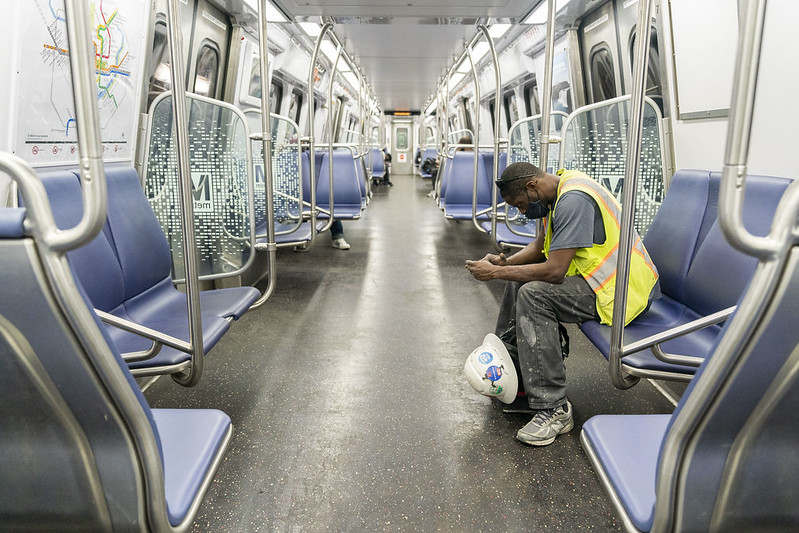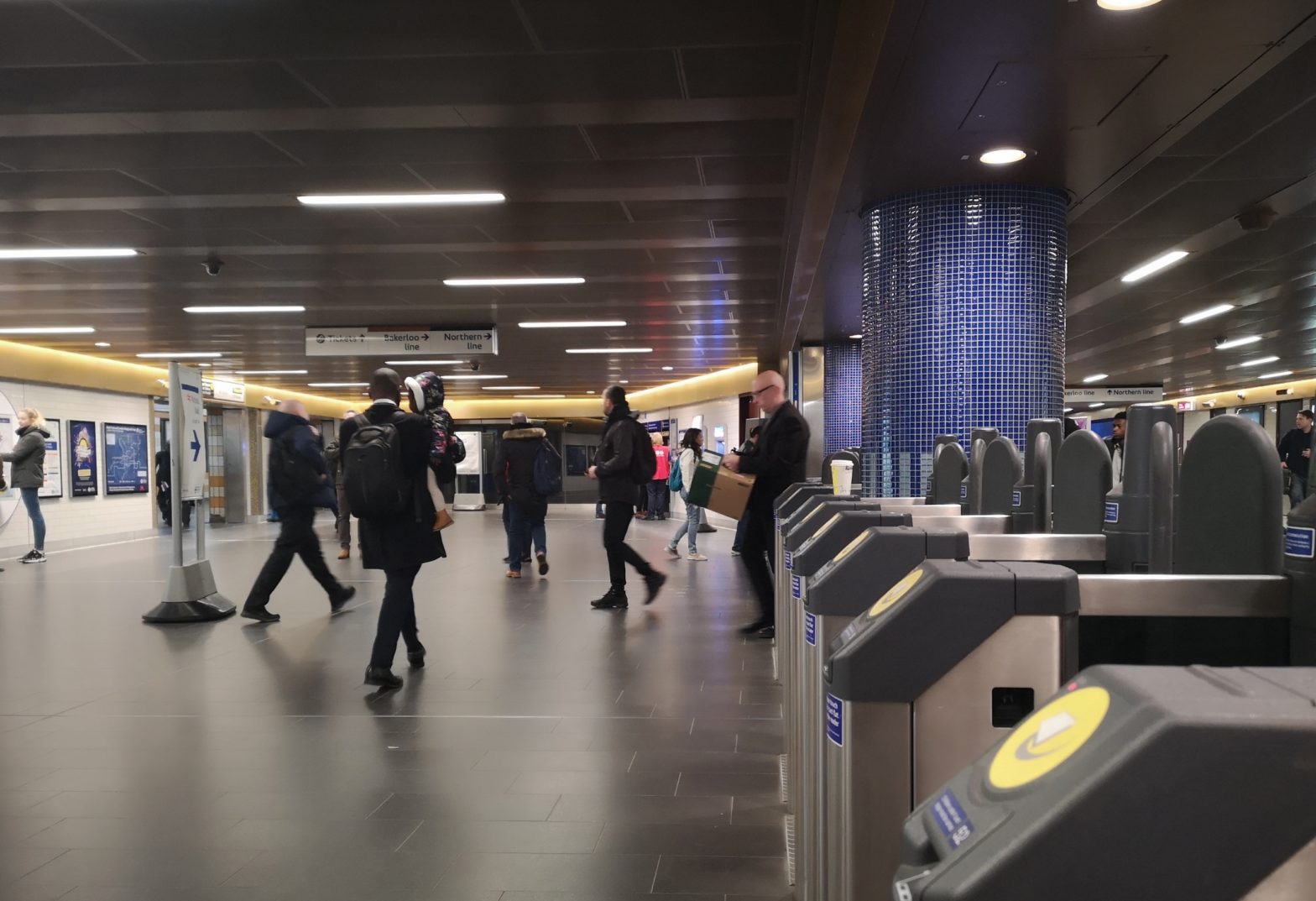
Photo: International Monetary Fund
US transit agencies focus on the fundamentals for recovery
15 June 2021
by Christopher Carey
With US cities boosted by a funding windfall under the American Rescue Plan, the scope to ‘build back better’ has widened.
The need to incorporate a more flexible but dependable model of transit, while avoiding a car-led recovery, will be central to this rebuild.
At a recent Cities Today online roundtable, transport leaders from across North America discussed the importance of keeping transit relevant and reliable, and developing a deeper understanding of who exactly their customers are and how they can meet their expectations.
“Frequency and reliability, that’s what people are looking for,” said Dave Steele, Executive Director of Milwaukee’s Regional Transit Leadership Council.
“Without that as the backbone you can have all the apps you want, but it won’t make the difference that people want to see.”
“During COVID we learned who our real customers are. When the bus system went down to 15 riders per vehicle, we could see in real-time who was really the backbone of the system – it’s the essential worker. They were the ones still riding buses every day even when they were masked up and on 15-person capacity vehicles.”
Funding
When looking at which areas need the most financial attention in the immediate term, Steele was unequivocal.
“Definitely support for operations. There’s really no substitute for frequent and reliable service and that means more buses and more drivers, which means more money.
“Ridership has declined, but maybe there are other ways to measure the success. I’m not saying that ridership is not important but should that be the sole metric by which we communicate the value of multimodal options in our area?”
With the initial shortfall in funding hitting services hard, especially during the early months of the pandemic, private sector companies were often at hand to plug the gap in services, with some providing vital transport links for essential workers free of charge.
Ya-Ting Liu, Director of Government Affairs and Policy at Via, said: “Making sure that new trends being proposed are widely available, especially to communities that traditionally have been left behind or left out of new tech innovations, is incredibly important.
“Transportation policies and what type of projects get funded are inherently political conversations. In a world of competing needs and limited resources, it’s important to be clear on what our transportation goals are and how we evaluate success. Is success measured by vehicle throughput or by making sure people have affordable access to jobs and essential services?
“One of the key lessons from our partners from the pandemic is that cities and transit agencies need transportation funding that allows them to be flexible and adaptable, and to pilot new innovation tools to respond to new challenges.”
Use of Space
The reallocation of road space for cycling and pedestrians has been one of the few unforeseen benefits of the pandemic, and also reignited discussions around space for public transport.
Art Pearce, Director of Policy, Planning, and Projects, City of Portland, said: “One thing we’ve really put a lot of energy into in the last couple years in Portland is around city transit priority. We’ve taken on the process ourselves because it’s primarily a right of way conversation.”
In June 2018, the City Council passed the Enhanced Transit Corridors (ETC) plan, which was developed to boost the capacity, reliability and speed of public transport, particularly for the city’s bus service.
“It does come down to institutional and political will to repurpose general purpose lanes for transit priority, where the most people will benefit,” Pearce added.
Similar conversations have also extended to how cities use their kerb space, and the data surrounding it.
Jean Pilon-Bignell, Geotab’s Vice President of Business Development, Government & Smart Cities, said: “Our insights have shown an explosion of door-to-door deliveries, which is creating all kinds of issues for cities trying to intelligently manage kerb space.
“By understanding when and where commercial deliveries are taking place, cities can manage and even incentivise these deliveries in a way that reduces surface congestion and safety-related incidents.”
Image: International Monetary Fund








